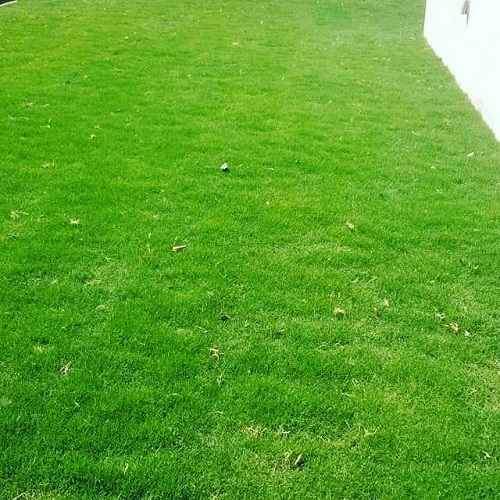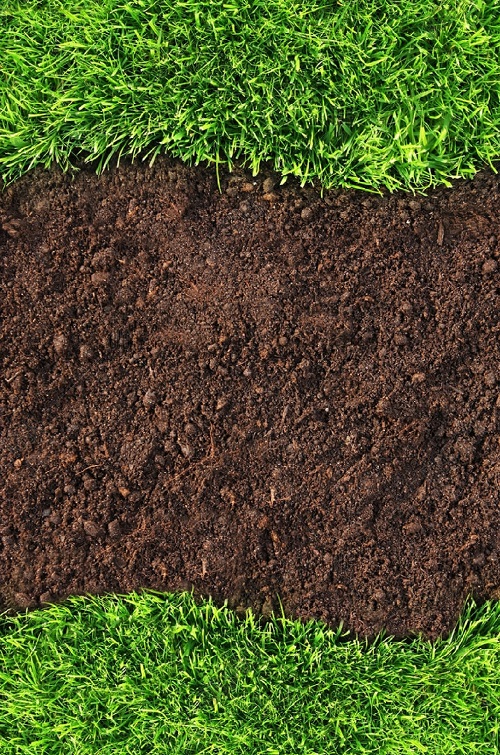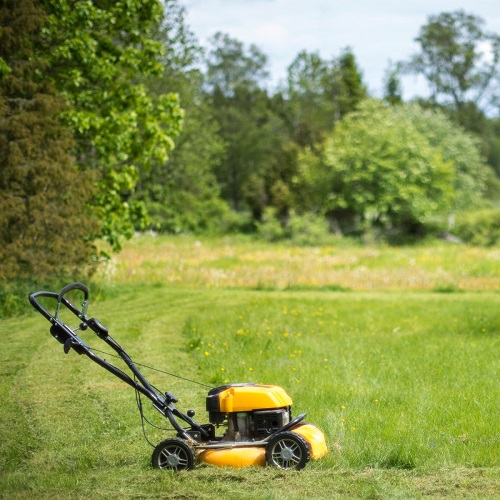Wondering When Does Grass Stop Growing if You Don’t Cut It? Will it continue to spread and take over the entire garden? Let’s find out!

Lawns need periodic maintenance and that includes taking care of the grass from time to time. However, what will happen if you don’t prune it ever? Will it keep on growing? Time to find out the answers!
So, When Does Grass Stop Growing if You Don’t Cut It?
The thing with grasses is, they will continue to grow as long as you don’t cut them. However, after a certain point, their growth will slow down and they will cease to thrive in fall or winter, usually the time when the temperature drops below 40-50°F (4-10°C). Lack of sunlight also plays a crucial role in this.
Do note that this changes according to the climatic conditions, the type of grass you are growing, soil type, and exposure to sunlight.
For example, in warmer areas, fescue and bluegrass may continue to grow in the winter months, whereas grasses like Bermuda go dormant and turn brown in the cold period
Factors that Affect the Growth of Grass
1. Sunlight
Sunlight plays a critical role in grass development. If the area doesn’t receive much sunlight, the grass may grow slowly or not at all!
2. Soil Conditions
If the growing medium lacks essential nutrients, the growth of the grass may slow down. Similarly, is the pH range is too acidic or too alkaline, this can impact its growth, too.
3. Type of Grass
Some grasses grow better in warmer regions while the others are better suited for the colder environments. Mixing and matching them for regions they are not suitable for may negatively impact their growth patterns.
4. Maintenance Practices
Overwatering, under watering, or mowing also impact the growth of the grass. If you don’t fertilize it right—this will slow down its growth, too.
Tips to Mow Your Grass for a Healthy Lawn
Make sure your mower is in good working condition with no warp blades as it will result in uneven cuts. Pick up any rocks or other debris that could get caught in the blades, flying out and cause injury.
- Divide the lawn in sections and mow in a straight line. Do not go haywire and start from anywhere. Complete one part at a time.
- Do not mow the garden in the afternoon. Doing it early morning would be a good idea.
- Never cut more than one-third of the grass blade length—doing it more than this may cause the plant to stress out.
- For Fescue, Bluegrass, Ryegrass—keep them at a length of 2.5 to 4 inches. For Bermuda, Zoysia, St. Augustine, maintain a length of 1 to 3 inches.







When it comes to grass growth, I’ve noticed that if you don’t cut it regularly, it tends to reach a point where it slows down significantly. However, the exact timing may vary depending on weather, grass species, and maintenance practices. In my experience, allowing grass to grow unchecked for too long can result in an unkempt appearance and potential issues with pests or diseases.